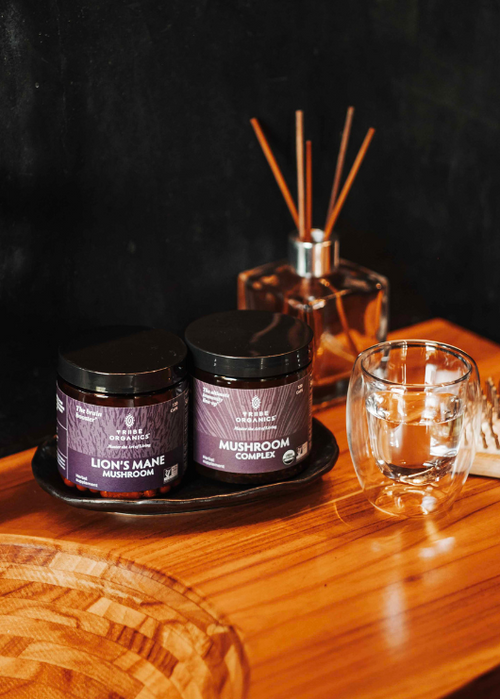Move out of the way, collagen and biotin. There’s a new hair-growth supplement in town.
Until recently, the two power nutrients for hair growth were collagen and biotin, and, of course, they still are essential for healthy skin, hair, and nails. But did you know that Turmeric has medicinal properties that can help, too?
Yes, the golden-yellow spice that makes delicious food and smoothies is also good for your hair. Turmeric has been used for millennia as an anti-inflammatory, antioxidant, and much more.
How can it help your hair? From dandruff to hair growth, we have the scoop here.
What is Turmeric?
At its “root,” turmeric is a flowering plant. However beautiful the flowers may be, the reason we pay attention to them is that the roots are a bright yellow instead of brown. This color change comes from the chemical in turmeric called Curcumin.

Curcumin is the part of the spice that has all the good stuff in it. Without Curcumin, turmeric might still be yummy, but it wouldn’t have the plethora of health benefits it is known for.
Curcumin gives turmeric antibacterial, anti-inflammatory, anti-oxidative, and anti-neoplastic properties. These are all beneficial in different ways for a myriad of health and cosmetic benefits, including hair care.
Why Does Hair Thin or Fall Out?
Hair loss can happen to anyone and come from multiple causes, whether you’re a man or a woman, and it’s distressing no matter who you are.
When hair falls out and isn’t replaced by new hair, your locks begin to thin, and, eventually, parts of your skull become bald. This happens suddenly or gradually, depending on the person and the reason for hair loss, which can be from:
- Medications
- Stress
- Hormonal imbalances
- Lifestyle choices like smoking, drugs, using too much hair product, or over-styling with heat
- Sudden weight loss
- Genetics
- Regular hardcore exercise that overwhelms your body
- Poor diet/not enough of the right vitamins and minerals
- Certain medical conditions
- Chemotherapy
Two of the most common reasons people stop growing hair or start losing it are inflammation and hormone imbalances.
How Does Turmeric Help Hair Growth?
Turmeric is an anti-inflammatory, so if you can’t get that thick, flowing mane of hair you want because of inflammation, try turmeric. When your cells aren’t inflamed, your hair follicles are able to work the way they’re supposed to, and this can regenerate hair growth again.
The hormone DHT is the main chemical in your body responsible for controlling the growth of body hair, facial hair, and pubic hair. People with gorgeous locks that grow fast typically have higher levels of DHT, and those without hair growth have lower levels. But an imbalance in your hormones from too much DHT can cause hair to thin.
Turmeric can lower your DHT levels, triggering a balance of hormones and letting your hair growth get back to normal.
How to Use Turmeric to Regrow Your Hair
Turmeric is one of the few nutrients that can be used in nearly endless ways. Enjoy it in your food as a way to “spice” it up, blend it into your latte or smoothie, or take it as a capsule.
Keep an eye on your Turmeric levels. If it’s highly concentrated, stick to 500-2000 mg per day. Talk to your doctor if you’re taking medications that clot your blood, like aspirin, ibuprofen, or prescription heart meds.
Want to use Turmeric the fun way? Mix equal parts Turmeric and olive oil, add a dollop of honey and vanilla, and combine well. Apply this blend to your hair as a mask, then let it sit for 15 minutes.

The ingredients should soak into the hair, giving your pores the immediate effects of turmeric, honey's moisturizing effect, and vanilla's scent. After 15 minutes, rinse well with your regular shampoo and conditioner. Turmeric hair masks can be used weekly.
For a daily dose of turmeric without the supplements, look for a shampoo that has it as an active ingredient. It becomes part of your everyday routine without any extra work, and you’ll see the results within a few weeks.
Remember, it can take three months for your hair to leave its current phase and move into a new cycle. If you don’t notice the results right away, don’t give up! Keep doing what you’re doing for 12 weeks, then consider trying something new if what you’re doing isn’t working.
Shop best sellers
Explore our collection of favorite items that have gained popularity for their quality and satisfaction.






















